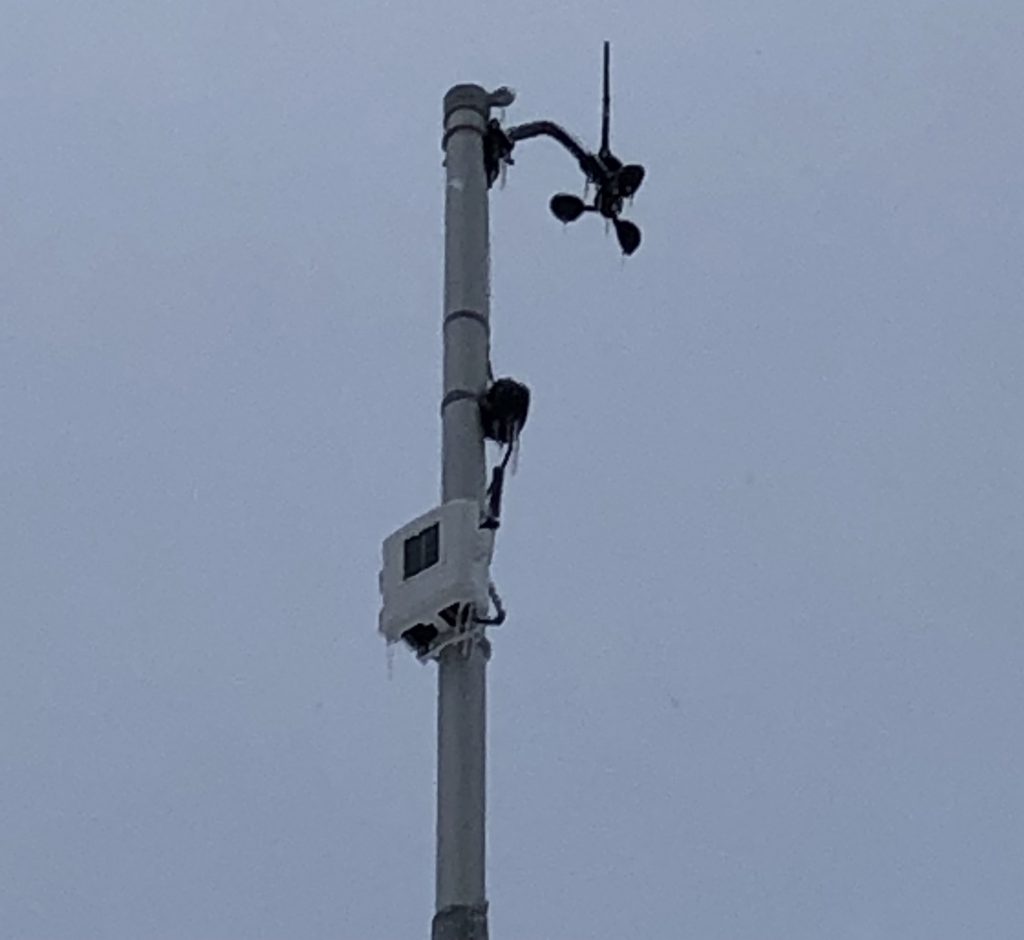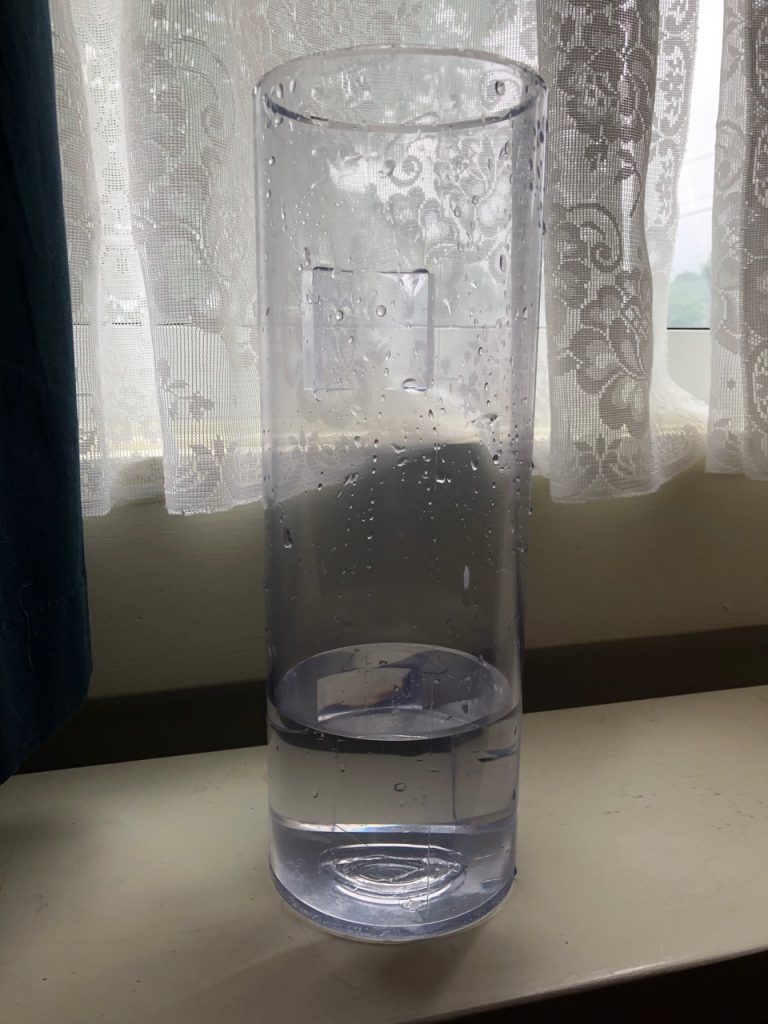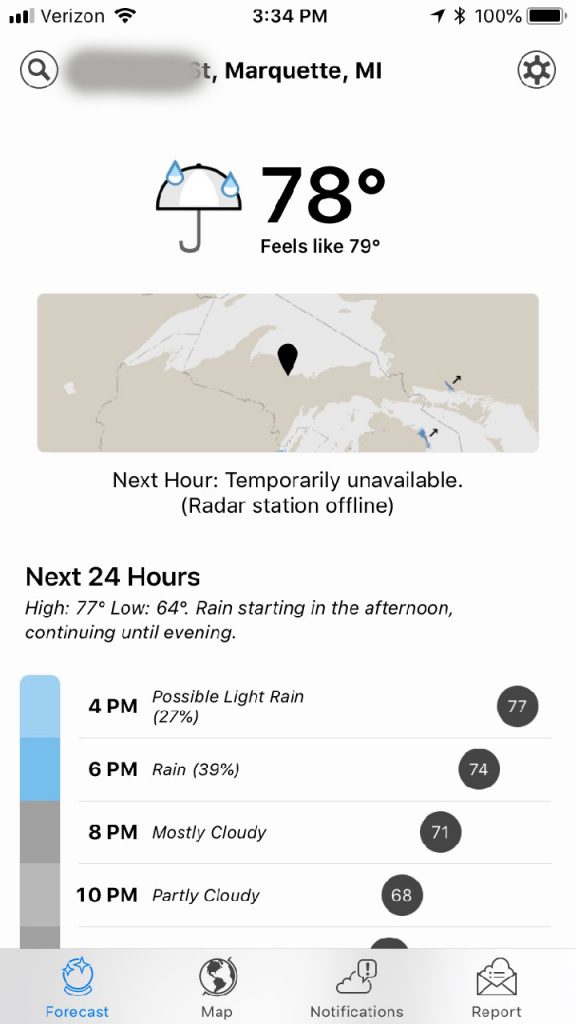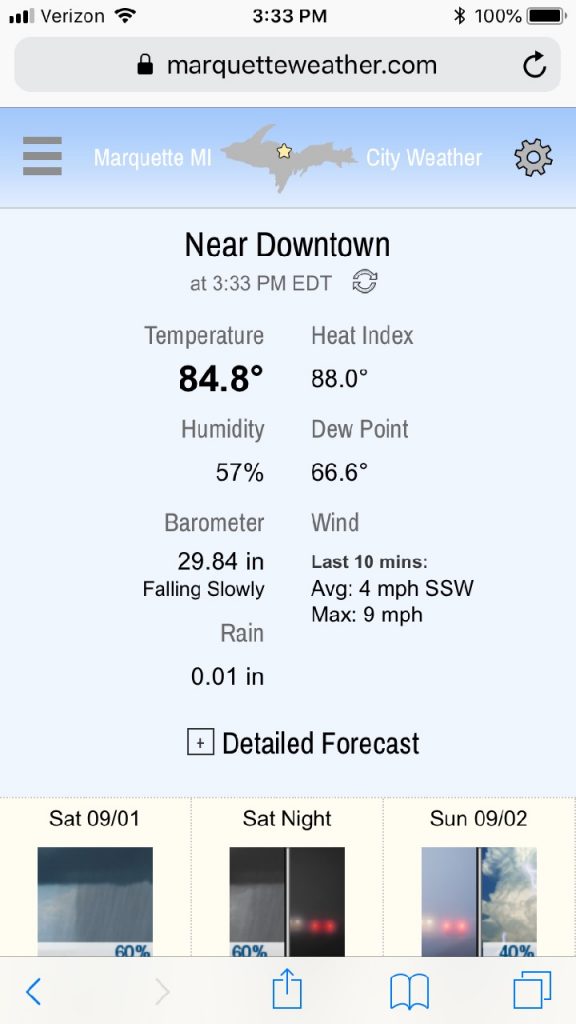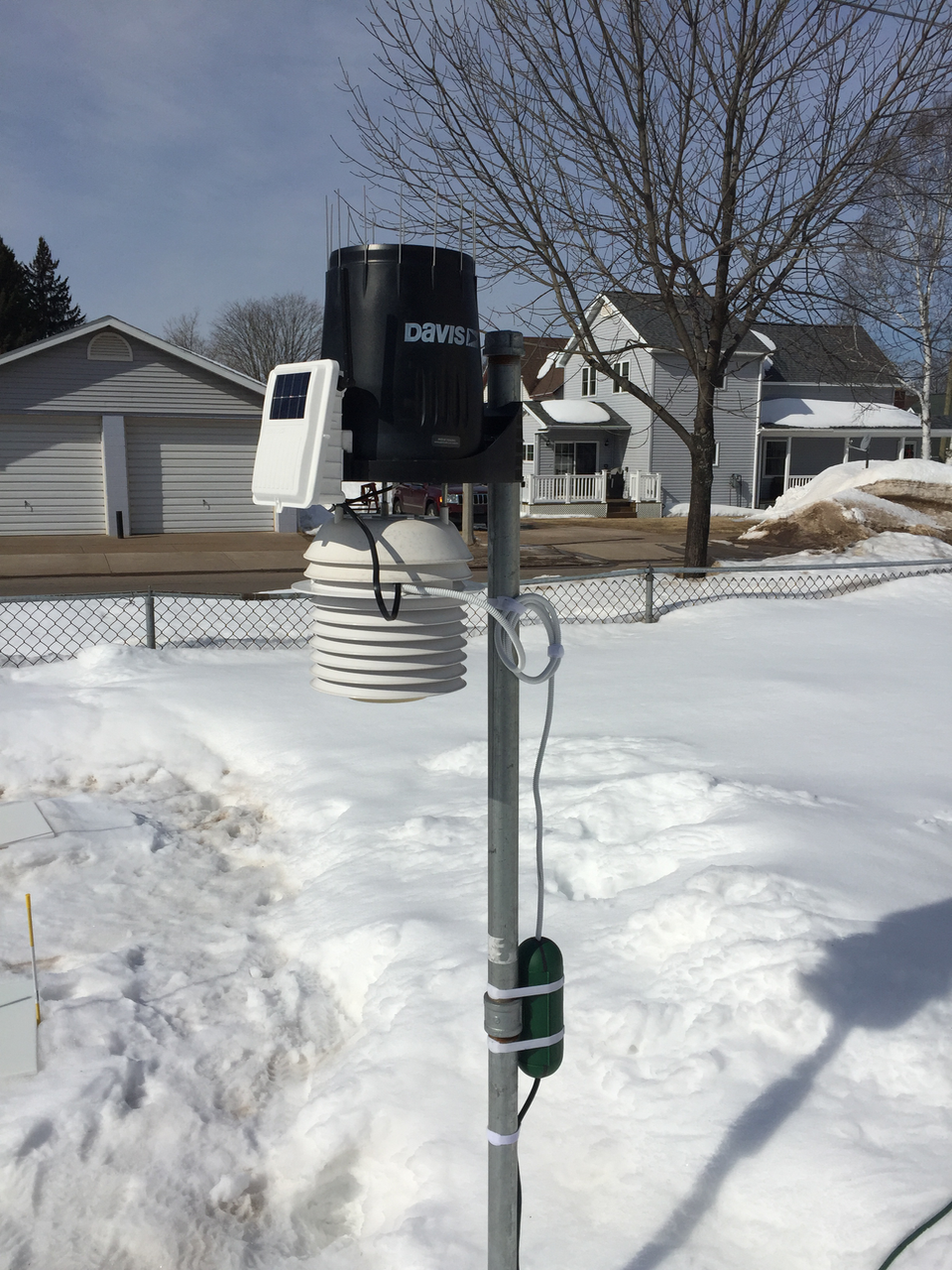We are now adding 5% when humidity readings reach 95% since that is the maximum our sensor will read. For many years Davis Instruments’ sensors have struggled to achieve 100% humidity. Unfortunately, the problem seems to worsen with time. When we placed our sensor in service last November 28th, it would reach 98%.
Also, we are adding 1% to 92% (to make 93%) , 2% to 93% (to make 95%), and 4% to 94% to reduce the jump between 91% and 100%. Tests demonstrate these adjustments closely approximate reality.
You may occasionally see other readings besides 93%, 95%, 98%, and 100% due to 5 minute averaging of humidity values.
Raw values are available on the stats page.
Here’s some more info on this problem if you’re interested:
We have a backup weather station for emergencies. It also contains a Davis VP2 station with an SHT31 sensor that is less than 2 years old. It maxes out at 96% humidity, but it also has an average +8% bias below 80% during the warm season (May – Sept). So it has a wet bias in the middle range in addition to a dry bias in the top range. Keep in mind that the maximum error for this sensor is supposed to be 3.5% according to the manufacturer.
We are not the only ones to experience these issues. Many other Davis VP2 weather station owners have reported them (in a thread approaching 1200 posts). Davis says they are “looking into it”, although that was almost 2 months ago now. Some particularly brave souls have attempted to informally wire up older (SHT11/SHT15) and/or unsupported sensors (SHT75) with varying degrees of luck. We’re not keen on performing ad hoc experiments with our primary temperature/humidity sensor. Some combination of Murphy’s Law and common sense would argue that such slapdash “solutions” will inevitably break at the worst time. Indeed our various attempts with other sensors on the test bench have not gone well. Therefore, we await a viable, proven fix preferably from Davis Instruments.
[UPDATE 9/21/18: Most of those enterprising individuals referenced above are now indicating an array of problems with the SHT75 sensor ranging from sudden failure to gross errors. It’s uncertain whether the fault lies with the sensor or the implementation. Either way, at present there appears to be no good workaround to the issues mentioned above with the SHT31.]
[UPDATE 10/23/18]: We recently swapped out our SHT31 sensor suite as part of a preventative maintenance routine. The new humidity sensor arrived with a +6% average (wet) bias below 55F, an average +4% bias above 55F and a maximum reading of 98% (after several hours in saturated air). We have corrected these deficiencies with custom programming.

